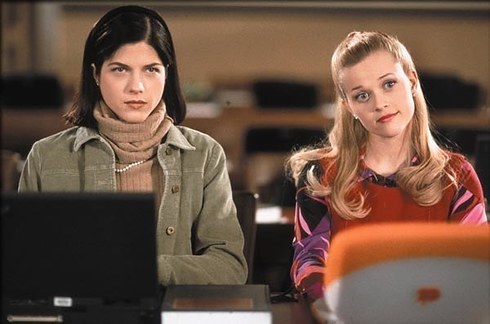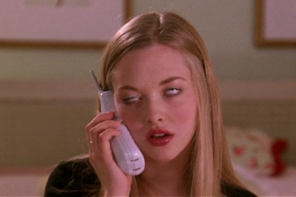For the next lesson in our series of internet etiquette, we’ll be discussing email. A lot changes in the digital landscape, but one thing sure to stick around is email. It’s the primary digital form of communication that we use, in the sense that everyone has one. You may not use it to chat or stay in touch with friends, there’s a slew of easier/quicker methods for that, but email will always be a reliable go-to source, particularly when dealing with more official matters and business.
To make it easy I’ve created a straight forward checklist for all the points you should consider every time you email. It may seem a tad long at first glance, but once you get in the habit of reviewing these points it should come as second nature when practicing email etiquette. In fact, I’m sure, as the lady that you are, you probably do many of these things already, but it’s always helpful to have a reminder.
Email Etiquette Checklist
- Chose a professional/respectable email address. It should represent you well in all situations, to all people.
- Introduce yourself, and maybe who provided you with their email, if you’re emailing someone for the first time.
- Always double check the email address you’re responding to. You want to ensure you’re sending to the correct person.
- Inform your recipient if you’re cc’ing or bcc’ing another person unless it’s obviously being sent to a group.
- Be weary of hitting the “reply all” button. Be sure you want everyone to see your response and that everyone needs to see it.
- Create a signature block for a more professional sign-off. Keep it simple including only name, phone number and perhaps a link to website, social media or call to action. No need to repeat your email address and avoid images as they don’t always load.
- Keep exclamation marks and emojis to a minimum depending on who you’re messaging. Particularly for business, avoid emojis all together. The only one that is occasionally acceptable is a smiley face.
- Use professional salutations such as “Dear Mr. Smith” and “Sincerely.” You can switch to a more informal style if the recipient responds in such a tone, but always use some form of greeting and sign-off. It can be as simple as “Hello,” “Thanks,” or simply signing your name.
- Address someone by their full name or Mr. and Ms. Surname (no nicknames or shortening of names) until you see how they respond in their sign-off.
- If you’re unaware of who will read the email, address it as “Dear Sir or Madam” or “To whom it may concern.” It’s better to be overly formal until you know whom you’re speaking with.
- Add your recipients email address last so you don’t send it half finished by mistake.
- Avoid gossip or private matters, emails don’t always stay private.
- If someone sends you sensitive information such as account passwords, credit card info etc. Delete the email after used to further protect the info.
- Write a clear subject line, referring to the topic of the email content. If changing the topic change the subject line to allow for clearer communication, better organization, and more productivity for both sides.
- When introducing people via email you can either add both addresses in the “to” line or if you wish to be clear whom should respond first put that person’s address in the “to” line and cc the other. The person in the higher position gets cc’d. In the body of the email briefly explain who each person is and why you’re introducing them. In the subject line you can give a simple intro, “Ben Smith, meet Claire Baker. Clair Baker, meet Ben Smith.”
- If you’re the one being introduced you can bcc whomever introduced you so they see you’ve responded, but don’t have to be flooded with the any messages that may follow.
- Always proofread for spelling and grammar mistakes.
- Keep it short and to the point. Most people recieve many emails a day and lengthy email are not generally appreciated. If you need to express a lot then space out your message allowing for generous whitespace to make is more readable.
- Avoid forwarding any silly chain emails, we’re no longer in 5th grade.
- Never give out someone’s email address without their permission.
- Try avoiding slang or acronyms and be weary of all caps, which typically comes across as yelling.
- Resize photos before sending so recipient can download them easily and quickly.
- If large attachments are necessary to send, get permission from recipient beforehand.
- If making plans, confirm date and time by repeating it in email response, “Yes see you there at 6pm Friday.”
- If forwarding a long thread, sum up what it’s regarding and why you’re sending it so recipient doesn’t need to read and decipher 30 previous messages..
- Respond in a timely manner, ideally within 24 hours or at most under 48. On weekends don’t expect a response or feel pressure to respond unless extenuating circumstances apply. Can follow up if someone doesn’t reply after 3 business days.
HOMEWORK: Review this list a few times so it’s fresh in your mind the next time you email. Try to think of these points for the next few days to get you in the habit of practicing proper email etiquette.
Have you witnessed or committed any email mishaps in the past? If so please share in the comments below so we can all learn a little more.






